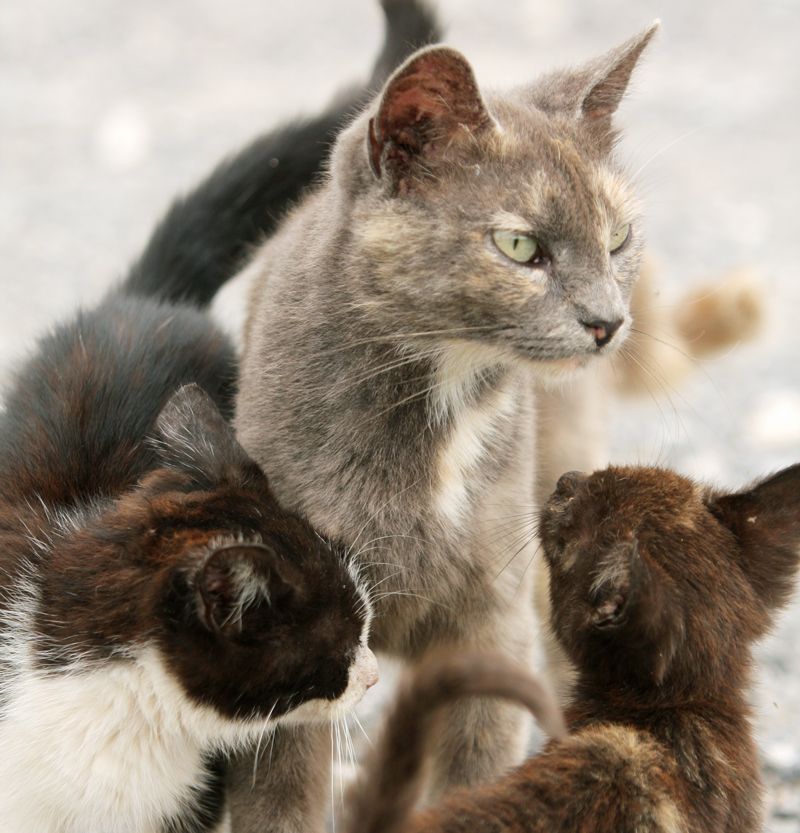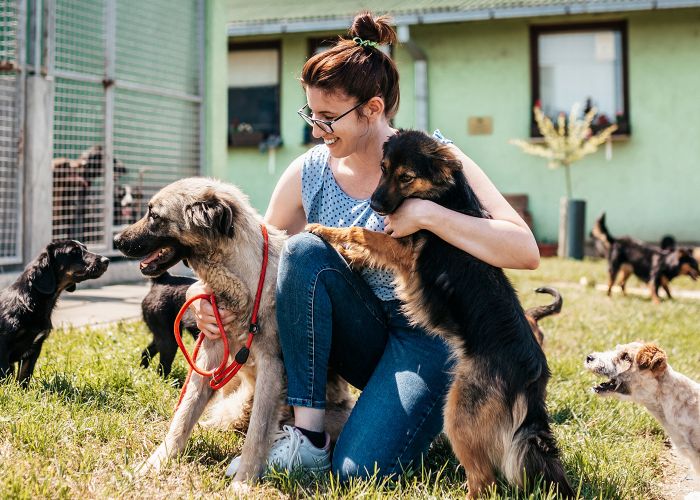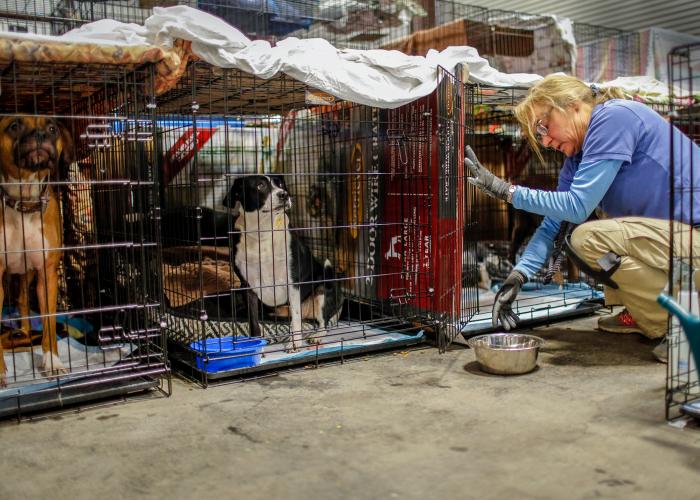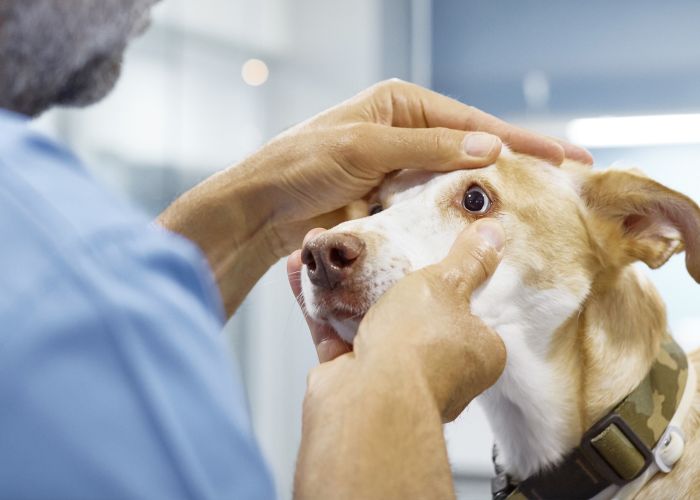Born free-roaming
Return-to-field programs reassess ‘the right thing’ for community cats
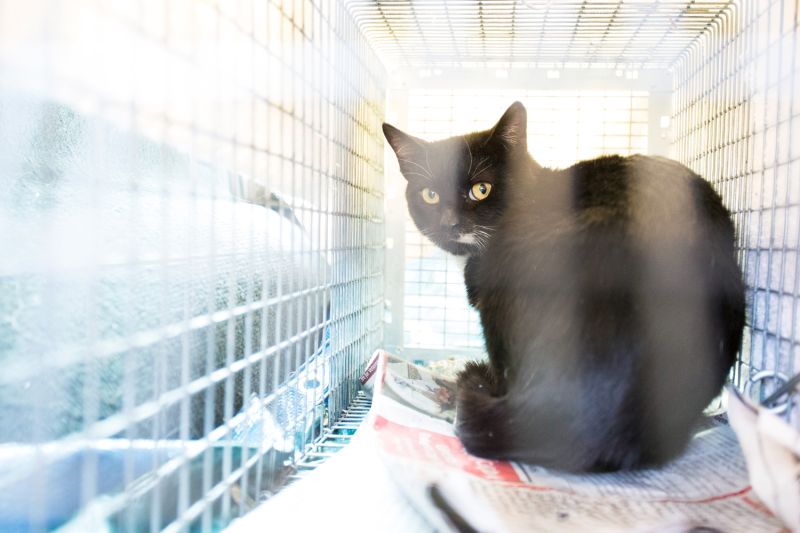
At Miami-Dade County Animal Services in 2010, staffers had so little room to spare and so few program alternatives that they euthanized 11,454 cats that year, many directly in their traps or carriers, without ever checking if they were feral or friendly. The sole public shelter in the most populous county in Florida simply received far, far more cats than it could hold—and it still does.
Yet Miami-Dade’s live-release rate soared from 43 percent in 2010 to 90 percent in 2015. The solution was relatively simple: Along with new nonprofit partnerships and community outreach efforts, the shelter simply stopped accepting and euthanizing stray cats in July 2012. Staff veterinarians vaccinate, sterilize and distinguish healthy community cats—snipping off the tip of an ear and tattooing a small mark during surgery—and the trapper or a volunteer puts them back where they were found.
The program was originally implemented on a case-by-case basis. Anyone attempting to surrender a stray cat or complaining of a “nuisance” cat was offered an alternative to euthanasia: Certify that he was found outside and provide the location, and the shelter would vet him and give him back.
“Between 30 to 40 percent of the people did not want the cat euthanized. … They wanted the cat back,” says director Alex Muñoz. At the time, the shelter didn’t have the spay/neuter capacity to sterilize all the community cats it received, but by offering this option, Muñoz says, staffers were able “to feel our way—to see what it was going to take.”
With the backing of the mayor and the Board of County Commissioners, who approved a significant increase in Animal Services funding that helped fund both community outreach efforts and a new facility, the program is now county policy. In five years, and with additional support from Florida Animal Friends and ASPCA grants, Muñoz has added five full-time staff veterinarians, partnerships with over 30 private vets who provide spay/neuter services for a $10 to $20 co-pay, six drivers to assist with the trapping and returning of cats and a program coordinator. The county fixes community cats for free and loans out traps in return for a refundable deposit, so in addition to staffers’ own trapping efforts in response to complaints, the shelter and its partners receive and return strays from the general public, as well as hundreds of strays a year from cat advocates involved in grassroots sterilization efforts, says Muñoz.
Miami-Dade County calls the program trap-treat-and-return or trap-neuter-give back, and as the name suggests, it’s similar to trap-neuter-return (TNR), an approach that specifically targets and humanely reduces community cat colonies. A 2015 study published in Wildlife Research suggests that, outside of island colonies, euthanizing outdoor cats is not an effective approach to reducing community cat colonies. Colony numbers stabilize, and sometimes even increase, within 12 months as other cats fill the void—meaning Miami-Dade’s previous approach was not addressing and may have been exacerbating the overpopulation problem.
In regions where friendly cats and kittens have high adoption chances, many TNR programs focus on feral cats. In Miami-Dade, however, staffers treat and return almost all healthy cats brought to the shelter in a trap, allowing them to limit cat admission to shelter capacity. The approach doesn’t add more cats to the community; it simply returns existing community cats—vetted, better-behaved and sterile—to their outdoor homes. Since 2010, staffers have adopted out roughly 9,000, mostly owner-surrendered, cats a year, but now they also return around 10,000 free-roaming cats a year back into the community.
More commonly known as return-to-field, the program is equal-opportunity TNR. And at Miami-Dade County Animal Services in 2017, return-to-field prevents the euthanasia of 27 cats a day.
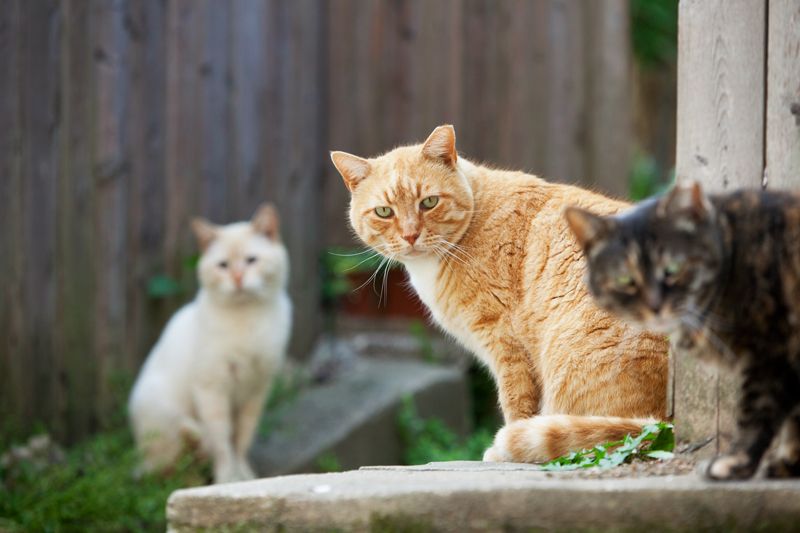
One size fits (almost) all
In an ideal world, shelters provide a safe spot for lost pets until their owners can retrieve them. But research and experience have led many to question if this model actually serves the best interests of cats, whether they’re lost escapees, owned pets allowed to roam the neighborhood, loosely owned strays or part of a feral colony. The ASPCA estimates that the national return-to-owner rate for cats in shelters is less than 5 percent. And a 2006 study published in the Journal of the American Veterinary Medical Association found that cats and owners are 13 times more likely to be reunited by nonshelter means, like “lost pet” signs in the surrounding neighborhood, and that 60 percent of roaming cats return home on their own.
“People wait a lot longer to look for their cats, because they’re used to their cats kind of wandering off for a while,” says Julie Levy, professor of shelter medicine at the University of Florida’s College of Veterinary Medicine and medical director at Operation Catnip, which operates community cat spay/neuter clinics in Gainesville, Florida. “Many times, it’s too late when they finally go look at a shelter.
“We’ve [also] spent decades training the public to think of the shelter as the first resort for dealing with a concern about animals, so whether that’s … an animal that’s a nuisance, or an animal that you see in the neighborhood, we’ve very much [ingrained] the concept of taking that animal to an animal shelter,” says Levy. “That’s disconnected from the reality that many animal shelters are underfunded, overcrowded and often a place where healthy and treatable animals either suffer a stressful incarceration or even lose their lives because the shelters are so overextended.”
When the alternative is euthanasia, any cat found outside in “thriving” condition—indicating he has one or several caretakers, or is simply a free-roaming owned cat—can and should be returned to where he was found, she says, with a few exceptions that may differ from shelter to shelter and from cat to cat.
“Everybody who’s doing this is trying to help shelters do a better job, but not at the price of the welfare of the cats involved,” she says. “It’s very important for shelters to do a self-analysis of what they can offer cats to make sure that when cats are admitted to the shelter, it’s not to a place of greater harm. … We need to keep finding ways to serve those special populations like small kittens or older cats or debilitated cats better than return-to-field. Sometimes the shelter is a better place for those cats, and sometimes it’s not.”
So at shelters where cats are at high risk of contracting a disease or being euthanized, staffers might develop a return-to-field program that includes friendly cats and older kittens brought in as strays, but shelters that have more space, foster care partnerships or adoption opportunities might exclude friendly cats and kittens from the program. At Miami-Dade, staffers take both approaches: They’ll return unowned, friendly cats if the shelter is overcrowded, but keep the cats when they have the space.
Before Jacksonville, Florida, embraced a large-scale return-to-field program in 2008, the city’s live-release rate for cats was just 10 percent. Feral cats were leaving alive in traps as part of a TNR program, but friendly cats were being euthanized because there were so few adoption options. “Staff actually started putting their favorite friendly cats in traps on the loading dock to be transferred to the TNR program,” says Levy. “And so that irony of ‘God help you if you purr’ was very blatant.”
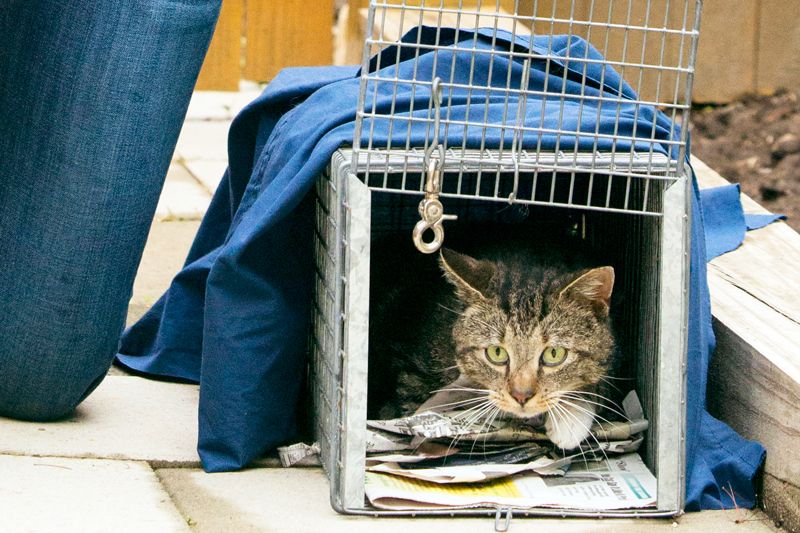
Pussyfooting around
Originally, Miami-Dade didn’t call its program anything, “because TNR could be a controversial issue,” explains Muñoz. Return-to-field was simply a quiet alternative offered to community members bringing in outdoor cats. By adding the new option without fanfare, the shelter was able to assess its impact with minimal interference or controversy before making a more public case for return-to-field—and before actively trapping cats for the program, as well, instead of only passively returning cats brought to the shelter.
“It’s always helpful to start with a pilot program, rather than committing to a full-scale, permanent policy change,” says Levy, suggesting a six-month trial focused in an area that generates a lot of community cat complaints. “Getting a few people on board to kick it off is a way to get some experience with it without causing too much fear about bad outcomes. And my experience is once people start doing it, they get addicted to it, and they love it, and those fears that they have just don’t materialize.”
In some cities, return-to-field and TNR programs are hindered by abandonment laws or stray hold requirements—requirements that assume animals are lost pets with the unintentional side effect of requiring shelters to hold unowned cats for a period of time, waiting for a nonexistent owner. In Miami-Dade County, the abandonment law is specific—releasing cats in a new location is considered abandonment and against county law, but returning cats to their original location is not.
However, abandonment laws and stray hold requirements are often unspecific or nonexistent, meaning cat advocates may be on more solid legal ground than they realize and can work with policymakers to exclude community cats from the laws; in tougher cases, some shelters outsource returning the cats to local rescues or volunteers to avoid directly flouting the law.
Other shelters might struggle with community members who consider cat colonies unpleasant or those concerned about the detrimental effects of cats on birds and wildlife. The latter concern is one shared by The HSUS, according to Bernard Unti, senior policy adviser. “Cat predation upon birds and wildlife is a serious matter to us,” he says. “That’s why we’re aggressive in promoting spaying and neutering of all cats and unequivocal in educating the public about the necessity of keeping pet cats indoors. We can minimize the impacts through intelligent management and long-term community education approaches.”
It can also be useful to remind people that, paradoxically, euthanizing outdoor cats doesn’t reduce the number of outdoor cats over time, but sterilization does—and return-to-field only returns already existing outdoor cats, minus annoying urine marking and breeding behaviors. “It’s really the same population of cats, and they’re being brought here from the field,” says Muñoz. “The overwhelming difference is that they’re just not being euthanized.”
“It’s important to remember that return-to-field programs have specific goals: To reduce euthanasia and free up overburdened shelters,” says Katie Lisnik, HSUS director of cat protection and policy. “Return-to-field programs can free up resources that are better spent on targeted TNR programs, which not only prevent euthanasia, but help reduce unowned cat populations in the community, leading to less wildlife predation and fewer public health and cat welfare risks.”
At Jacksonville Animal Care & Protective Services, where the city started returning all trapped cats to the field in 2008, former director Scott Trebatoski found success by compromising with birders, providing cat netting and banning feeding around protected areas. The city also doesn’t rule out relocating the largest “nuisance” colonies into smaller colonies. “Don’t let those large colonies make the public not want [return-to-field],” Trebatoski advised in a 2015 Maddie’s Institute webcast, adding that once return-to-field is implemented, “the number of nuisance calls also falls dramatically,” which saves the city money long-term and allows animal control officers to focus on larger issues.
Complaints usually happen where there’s a homeowner’s association, says Muñoz, and sometimes community members will take matters into their own hands—luckily, “there’s always a cat advocate around.” “What we’ve done repeatedly is we go in, we offer our services and in every case we’ve ended up doing TNR as opposed to having the cats [euthanized],” he says. Miami-Dade sometimes has a cat advocate serve as an intermediary in that community moving forward. “We’ve found that residents in the community tend to accept this change readily when it’s explained to them,” says Levy.
In the beginning, a minority of staffers had safety concerns about handling potentially feral cats, says Muñoz. “It’s a lot more work and skills to save [cats] than to euthanize them, [but] nobody signs up to work at the animal shelter to euthanize animals. They’re definitely happier.”
